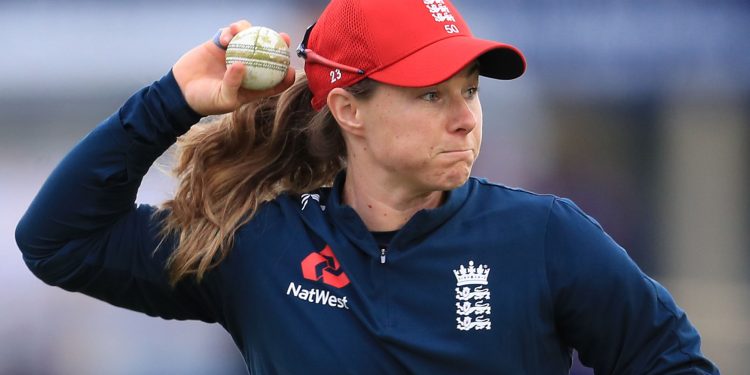“I think the conditions here, obviously it being a lot more spin-friendly, is certainly bringing all the teams together,” said Tammy Beaumont. In my opinion, when a side like Bangladesh plays us in the previous game, they are so disciplined with the ball that it makes life much more difficult because you have to work hard to earn your runs because you can’t always rely on the spin off the wicket and go for those big release shots.
India and Australia, two of cricket’s top batting teams, both struggled to adapt to the slower surfaces in the Women’s World Cup 2025, falling to 124 for 6 and 76 for 7 against Sri Lanka and Pakistan, respectively.
Australia and England, the tournament’s two unbeaten teams, had a difficult time chasing Bangladesh in Guwahati last time around. They now travel to Colombo to play a Sri Lankan team they have only lost to once in 18 WODIs, but on a surface that might significantly close the margin.
“I believe that indicates that all of the teams are much closer to one another, and during the past four years, the calibre and depth of each club have undoubtedly increased. And this World Cup will undoubtedly witness some upsets, but hopefully none that include us.”
According to Beaumont, the lessons and lessons learnt from that innings—most notably, being patient and playing the game deep—will probably be essential in how they handle the conditions in Colombo. Heather Knight’s 79 off 111 against Bangladesh was the game-winning run.
“The main topics of conversation during Heather’s innings were her patience and accuracy with the balls she attempted to score off. Almost putting your pride aside, you’re just trying to be tough and give it your all for the team.
To ensure that we’re working extremely hard, I believe that’s the type of language we’re attempting to employ. Even though we may have to sit in for a while, we are aware that it becomes easier the more time you spend batting. It appears like many runs have been scored in the final 15 overs of many games, but as a hitter, sometimes you just have to attempt to reach that point.”
The fact that three of Sri Lanka’s top five bat left-handed presents a special test for England on Saturday.
“They’re a tremendously well-organised bunch, and they’re definitely getting better. They have excellent organisation skills. They obviously have a large number of left-handers, which is not something we’re accustomed to. I believe that things are a little more difficult because we don’t have any left-handed batters on our team.
It has necessitated some unconventional thinking in terms of preparation, as left-arm spinner Linsey Smith is the only southpaw on the English team.
In reality, a couple of us have batted left-handed for her [Smith].” Although she certainly doesn’t get to practice against left-handers, she is receiving a lot of batting practice because she is the only left-handed batter in the team.
With five wickets in two games so far, Smith has had a successful competition. She will also probably be a key player in determining the outcome of the match versus Sri Lanka.
“She may not have played much international cricket, but she is actually a little older, in my opinion. She’s had a lot of experience. Since she has experience playing franchise cricket, she doesn’t require a lot of our help. She is an expert in her field. She has a great deal of expertise.
She had a difficult couple of games against India during our summer, but she really took some time to think things through, put in a tonne of work, and has improved her game since. I believe this is why it’s working out here. That’s what I admire most about her. The circumstances are obviously helping, but I believe she looks great in the new ball.







